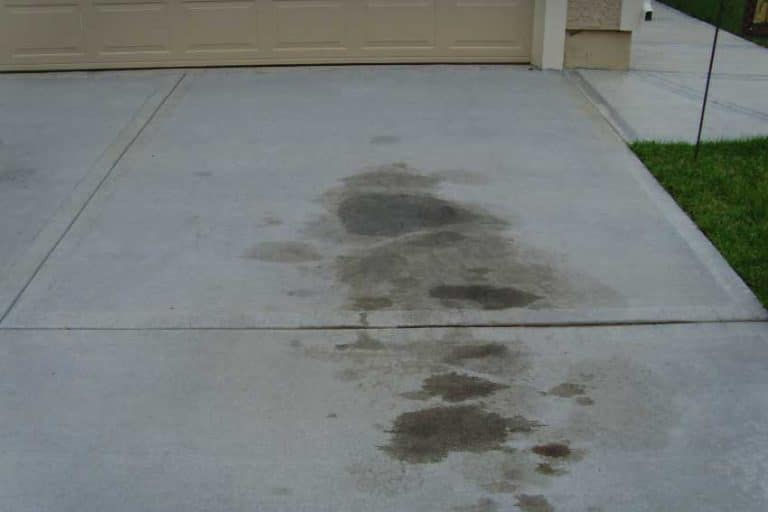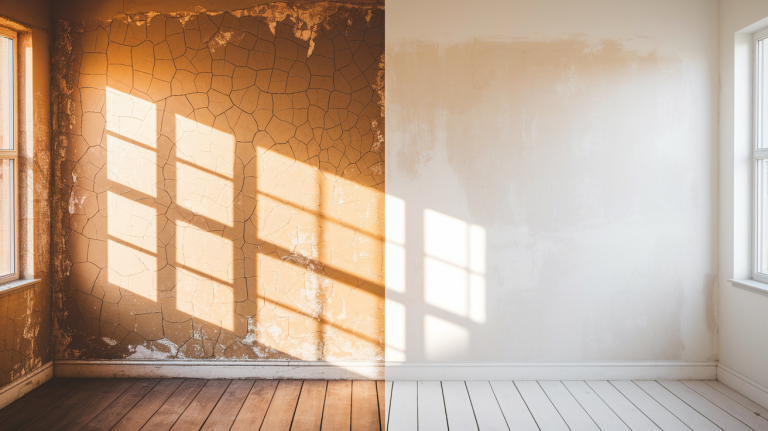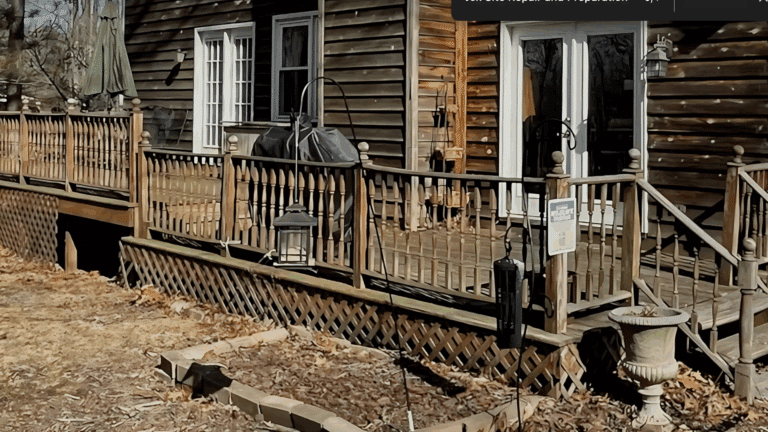How to Remove Paint Smell from Your House
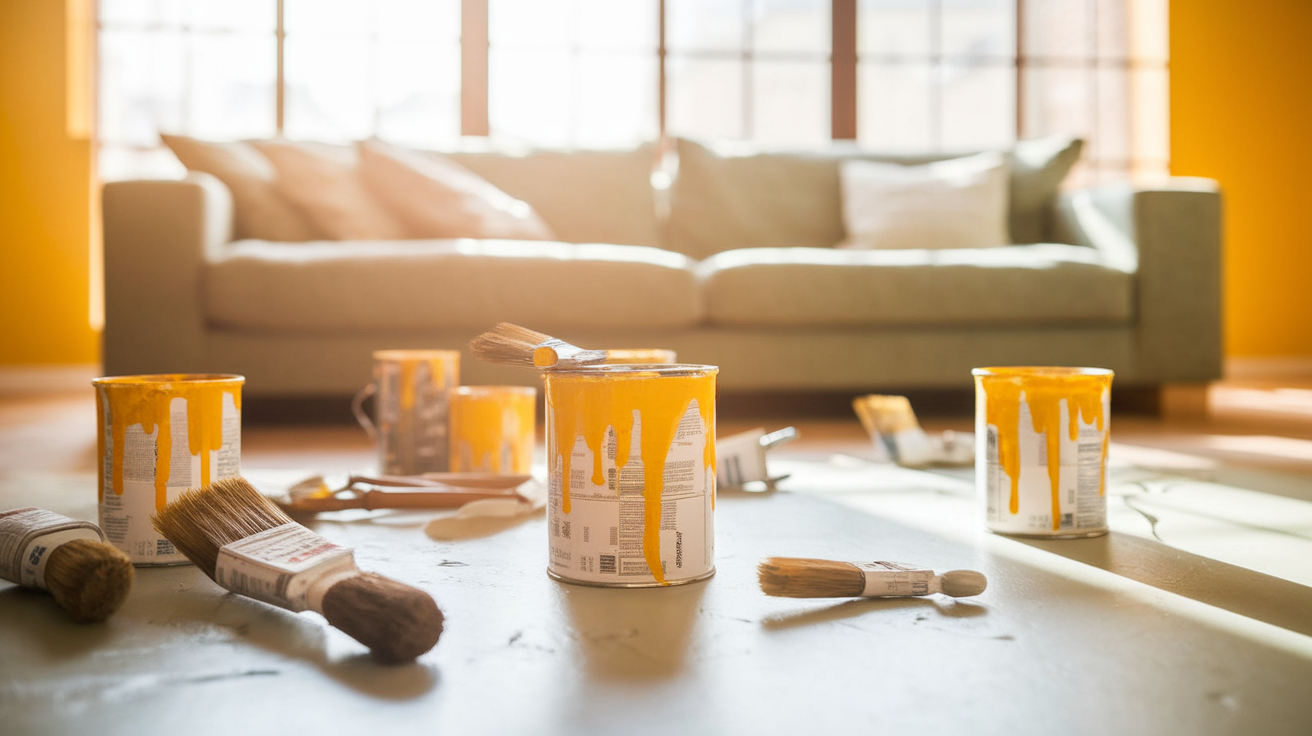
Paint can bring a fresh look to your home, but the smell often lingers for days. Many people find this odor unpleasant and worry about its health effects.
The chemical compounds in paint release fumes that can cause headaches, dizziness, and breathing problems for some people.
So, getting rid of paint smell matters for a number of reasons, like comfort and health. Parents with small children and pet owners often feel extra concerned about these strong odors in their living spaces.
This guide will show you several proven methods for removing paint smell from your home. You’ll also learn simple, effective ways to speed up the process using items you likely already have.
These tips will help clear the air faster so you can enjoy your newly painted space without the bothersome smell.
Why Does Paint Smell Linger in Your House
Paint smell stays in your house because of the chemicals it contains. These chemicals are called VOCs, or volatile organic compounds. As the paint dries, these compounds are released into the air. The smell gets trapped in closed rooms with poor air flow.
Thick coats of paint take longer to dry and release more smell. Oil-based paints have more VOCs than water-based ones, making their smell stronger and last longer.
The type of surface matters, too. Porous surfaces like wood absorb the paint deeper and hold the smell longer.
Weather plays a role as well.
High humidity slows down drying time, which keeps the smell around. Cold temperatures have the same effect.
Your home’s ventilation system affects how fast the smell can leave. Houses with few windows or poor air circulation trap odors inside.
How Soon Will That Paint Smell Go Away
The duration of the paint smell depends on several factors.
| Scenario | Estimated Paint Drying Time |
|---|---|
| Water-based paints | 3–5 days with good ventilation |
| Oil-based paints | 1–2 weeks, sometimes longer |
| Zero-VOC paints | 1–2 days with proper air flow |
| Small rooms with little ventilation | Up to 2 weeks |
| Large rooms with good air flow | 2–4 days |
| Winter painting projects | 1–2 weeks due to closed windows |
| Summer painting with open windows | 2–3 days |
| Bathrooms and kitchens | Up to 1 week due to humidity |
| Bedrooms and living rooms | 3–7 days on average |
| Closets and small enclosed spaces | Up to 3 weeks |
Effective Ideas to Prevent Paint Smell
You can take steps before, during, and after painting to reduce paint smells in your home. These methods help cut down on fumes and clear the air faster.
Try these simple yet effective ways to prevent paint odors from taking over your living space. Each method uses common items and doesn’t require special skills.
1. Proper Ventilation
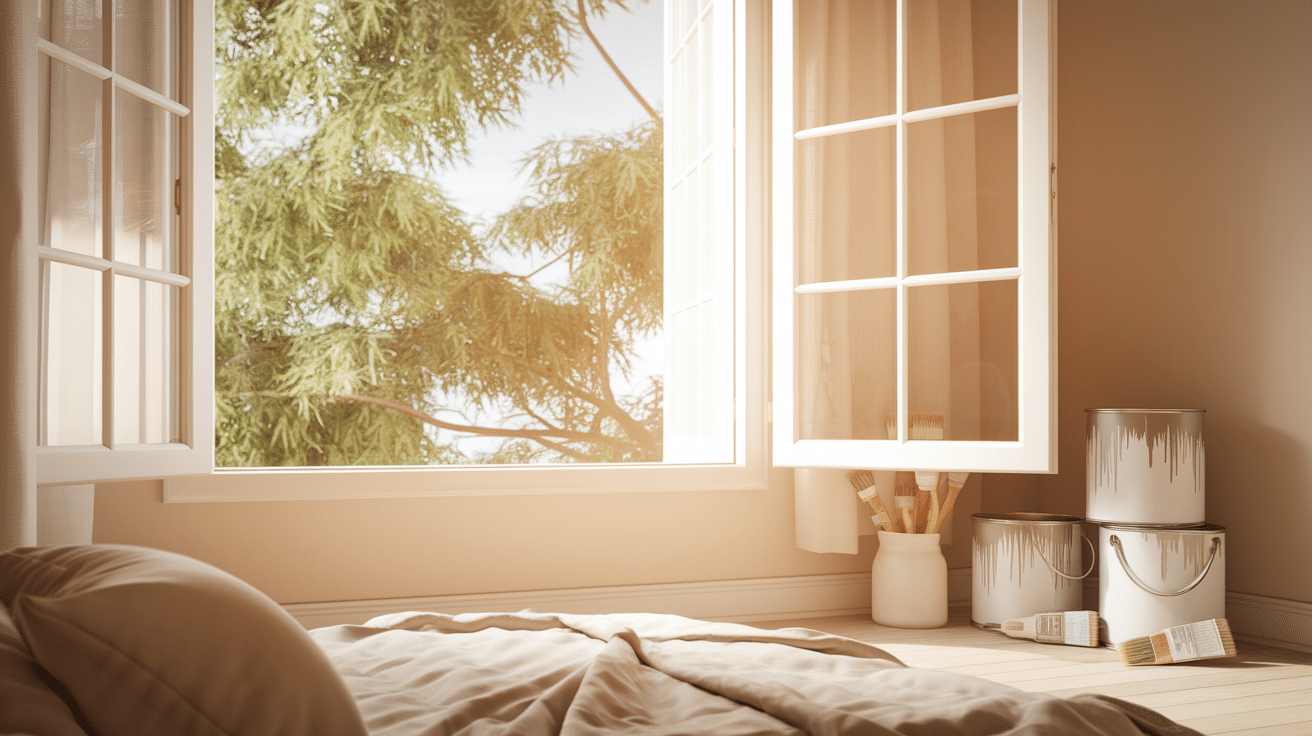
Open all windows and doors before you start painting. Set up fans to push air outside, not just move it around the room.
Create a cross breeze by opening windows on opposite sides of the room. This flow of fresh air helps to remove paint fumes as they form.
How It Is Helpful
- Removes fumes as they are released
- Speeds up the drying process
- Reduces the intensity of the smell
- Lowers the risk of headaches from fumes
- Helps maintain better air quality during painting
2. Baking Soda Bowls
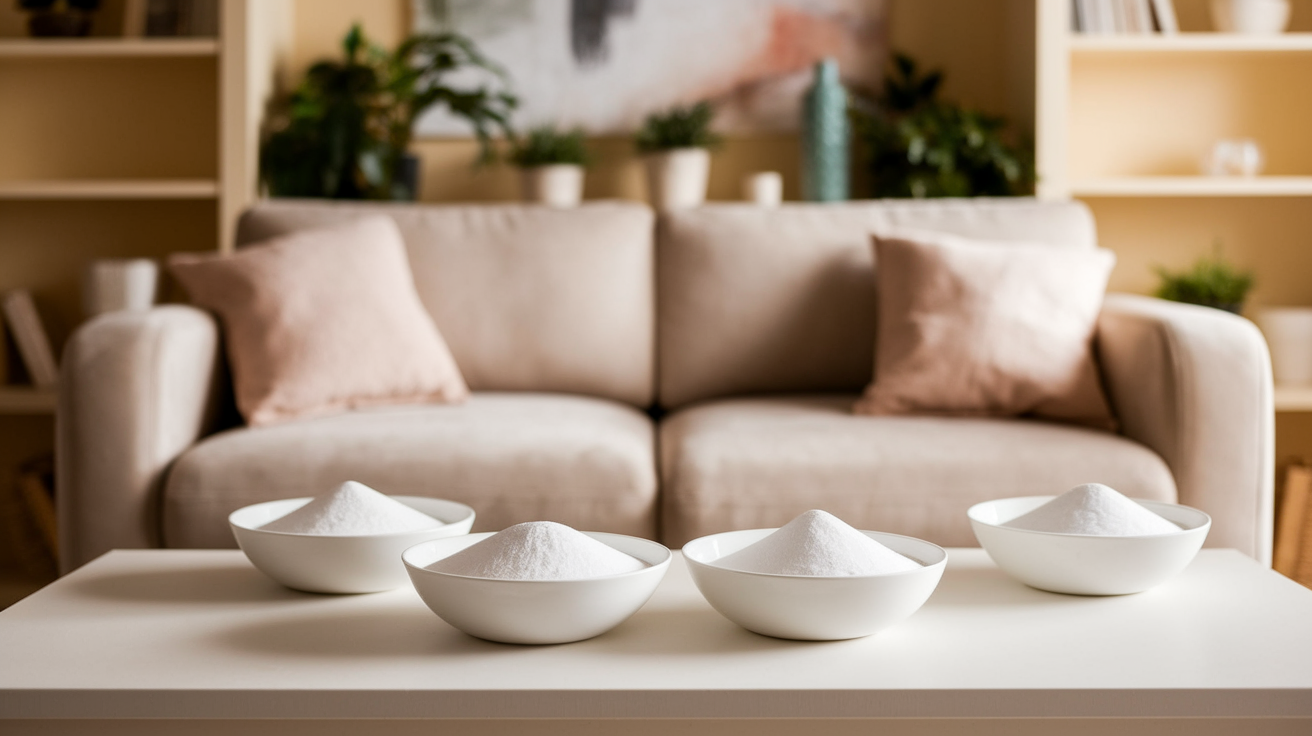
Place several shallow bowls filled with baking soda around the freshly painted room. Baking soda naturally absorbs odors from the air.
Replace the baking soda every day until the smell fades away. For larger rooms, use more bowls spread throughout the space.
How It Is Helpful
- Absorbs odors rather than masking them
- Uses a safe, non-toxic household item
- Works continuously for 24 hours
- Easy to replace when saturated
- Can be placed in hard-to-reach areas
3. Coffee Grounds
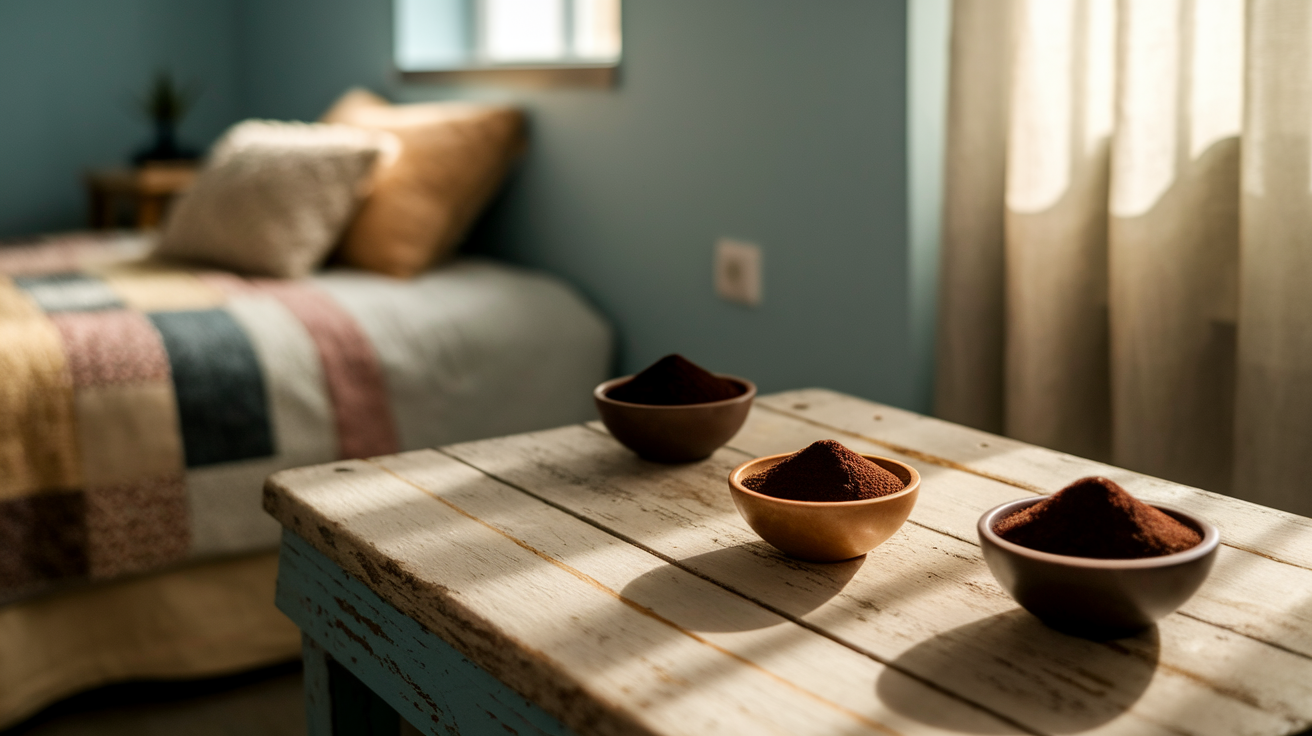
Put dry, unused coffee grounds in several small bowls around the painted area. The coffee works as a natural odor absorber and adds its own pleasant smell.
Replace the grounds every two days for best results. Use darker roasts for stronger odor-fighting power.
How It Is Helpful
- Provides a nice scent while fighting paint smell
- Uses a common household item
- Absorbs chemicals in the air
- Works well in small spaces
- Can be combined with other methods
4. Onions in Water
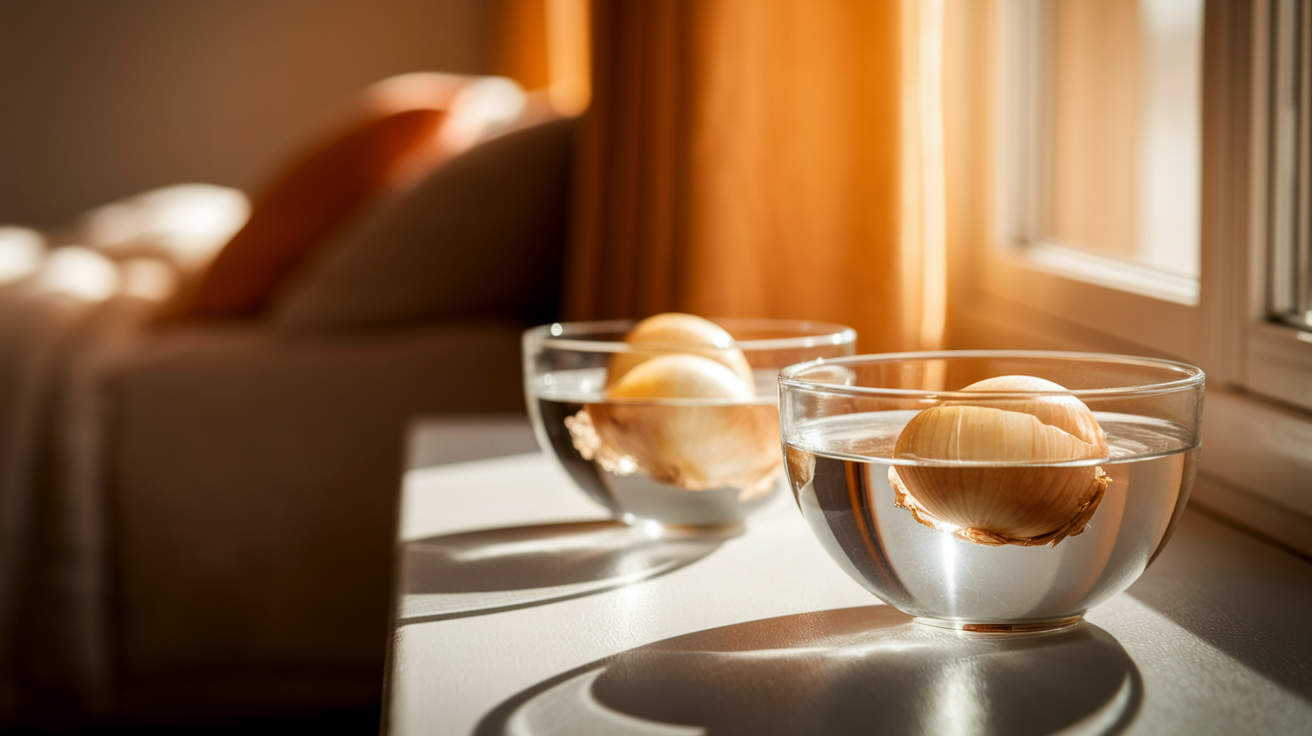
Cut a few onions in half and place them in bowls of water around the room. The onions absorb paint fumes as they sit in the water.
Change the water and onions daily until the smell is gone. This old trick has been used by painters for years.
How It Is Helpful
- Pulls chemicals from the air into the water
- Uses very inexpensive items
- Works while you’re away from home
- Covers the entire room evenly
- Shows visible results as water changes color
5. Charcoal Placement
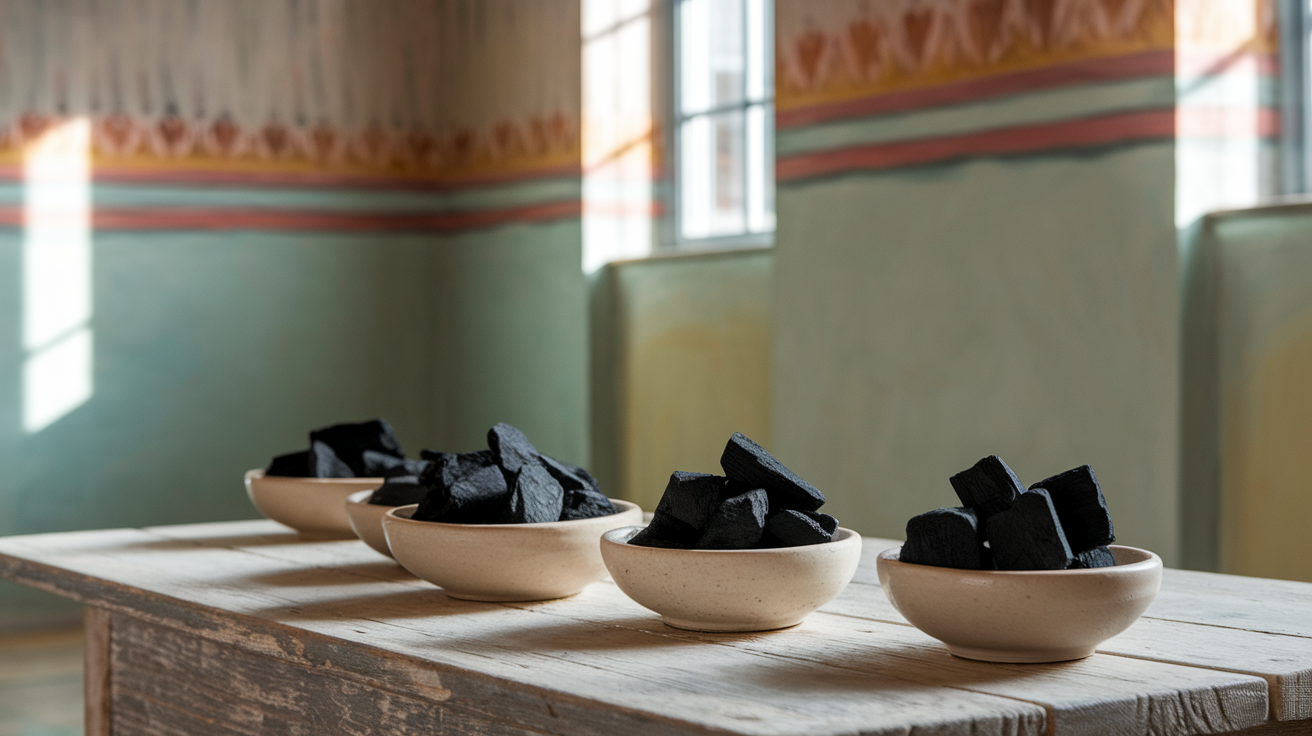
Put small bowls of activated charcoal around the painted room. Charcoal is known for its strong odor-absorbing qualities.
You can use the type sold for aquariums or grills. Leave it in place for several days, even after the paint seems dry.
How It Is Helpful
- Pulls in and traps odor molecules
- Covers a large area per piece
- Lasts longer than many other methods
- Works well in high humidity
- Can be reused after drying in the sun
6. Lemon Water Simmer
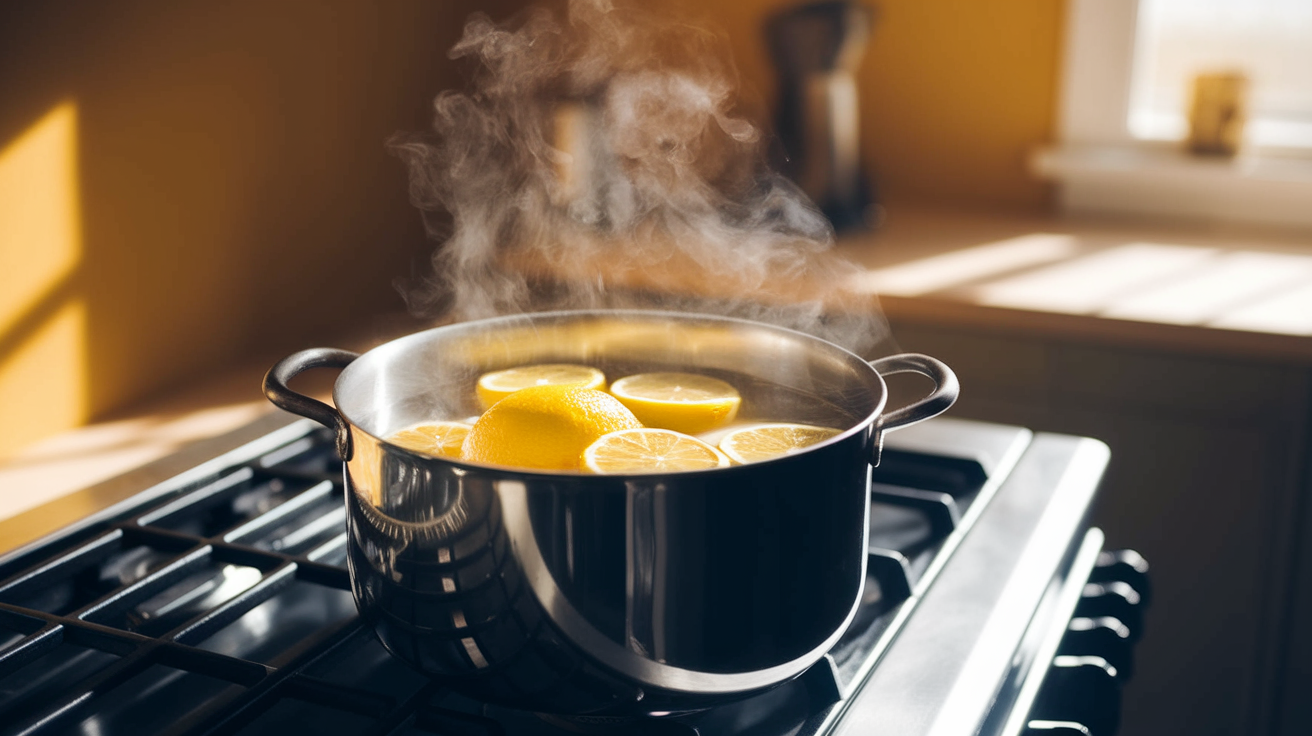
Fill a pot with water and lemon slices. Simmer it on low heat to release the citrus scent into the air. The steam helps to cut through paint fumes.
Keep the pot simmering for a few hours, adding water as needed.
How It Is Helpful
- Adds moisture that helps paint cure properly
- Creates a pleasant scent throughout the house
- Neutralizes chemical smells
- Reaches areas fans might miss
- Acts quickly compared to passive methods
7. Vinegar Bowl
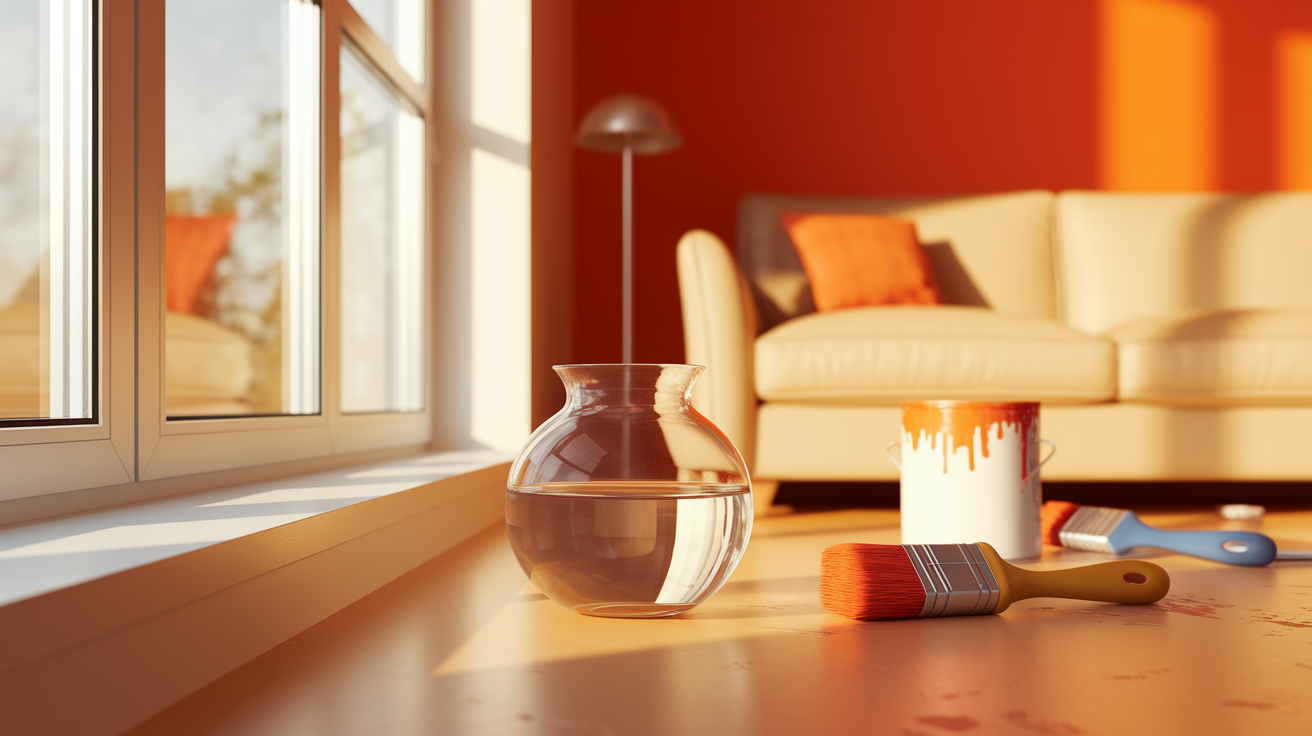
Place a bowl of white vinegar in the painted room. The vinegar absorbs odors and neutralizes them rather than just covering them up.
Replace the vinegar daily until the paint smell is gone. Use white vinegar for best results.
How It Is Helpful
- Changes the chemical composition of odors
- Works in high humidity conditions
- Available in most homes already
- Effective for strong paint smells
- Leaves no residue in the air
8. Low-VOC Paint Selection
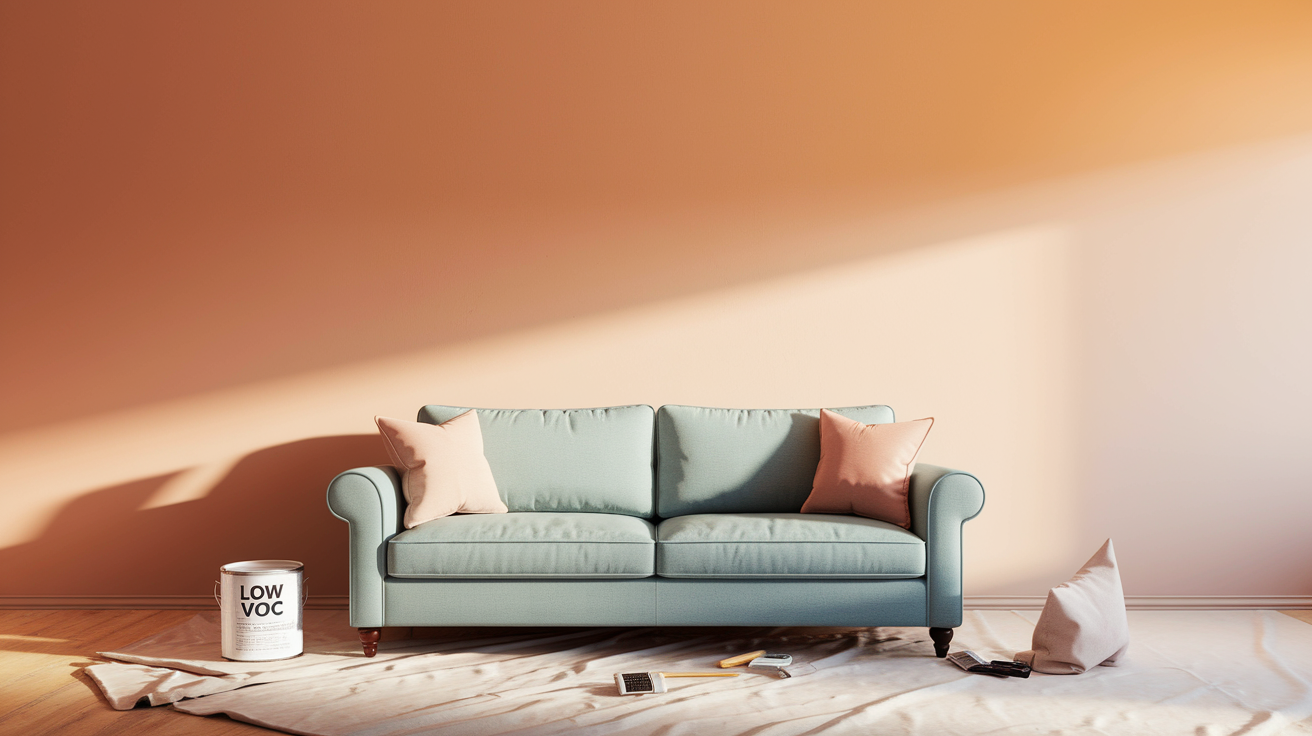
Before your project begins, choose paints labeled as low-VOC or zero-VOC. These paints release fewer chemicals into the air while drying.
They cost a bit more but reduce health risks and odors. Water-based options generally smell less than oil-based ones.
How It Is Helpful
- Prevents smell problems before they start
- Reduces health risks for sensitive people
- Shortens the time needed for ventilation
- Makes other odor-fighting methods more effective
- Better for the environment overall
9. Vanilla Extract
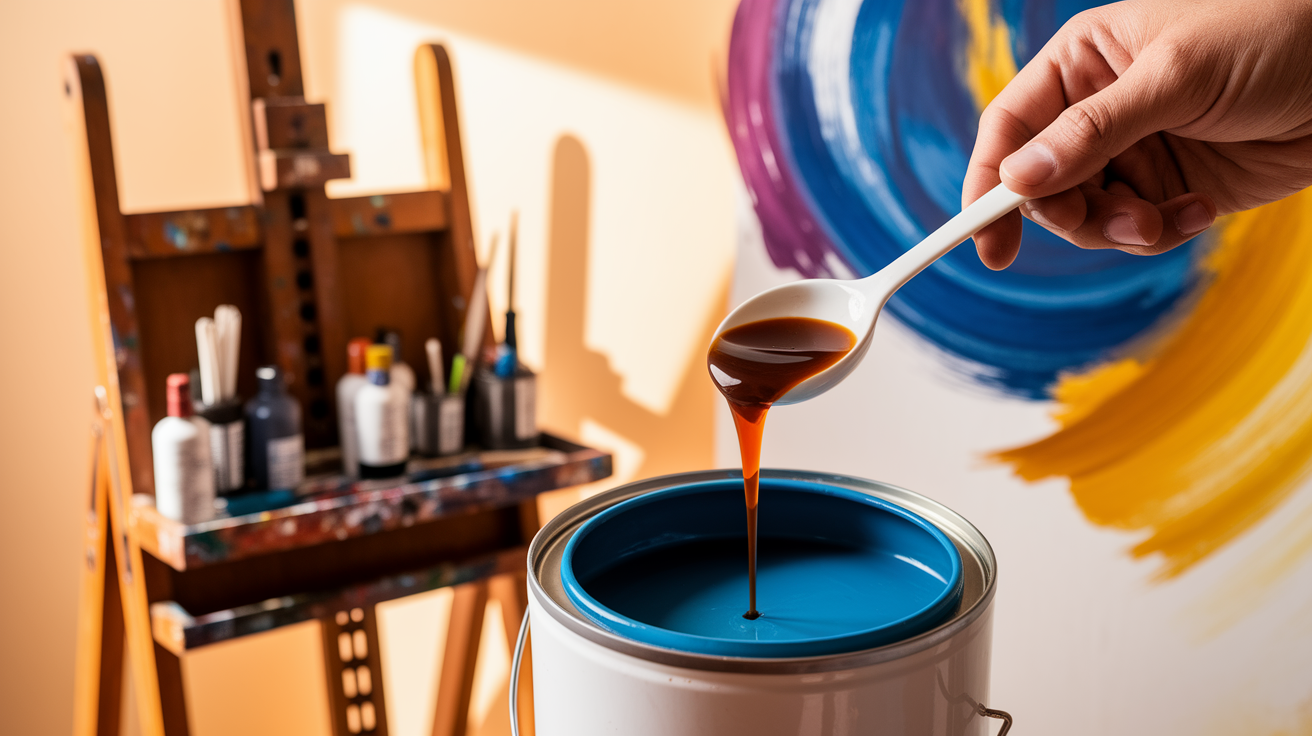
Add a tablespoon of vanilla extract to the paint can before mixing and using it. The vanilla smell blends with the paint and creates a more pleasant scent.
For darker paints, this small amount won’t affect the color. Use real extract, not artificial.
How It Is Helpful
- Works while painting, not just afterward
- Creates a pleasant smell during application
- Doesn’t affect paint quality
- Easy to add to any paint type
- Makes painting more enjoyable
10. Salt Treatment
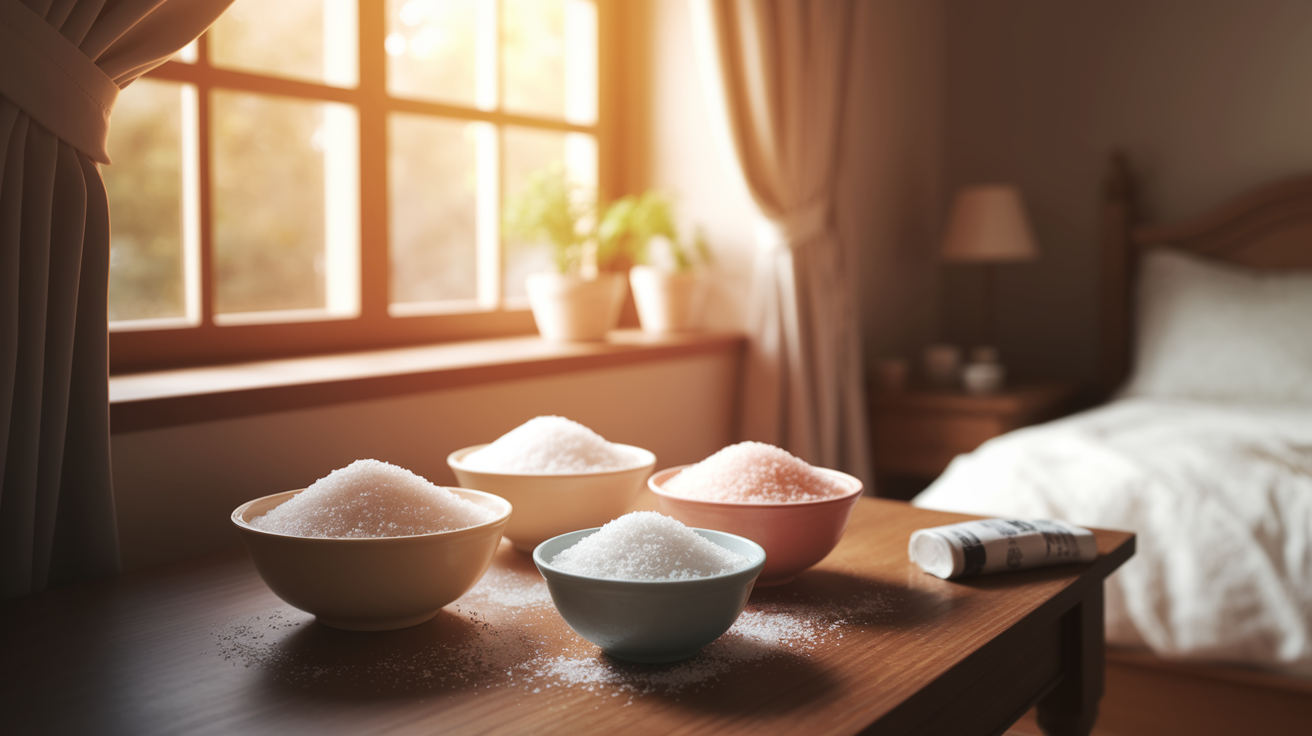
Place bowls of salt around the room after painting. Salt absorbs moisture and odors from the air. Replace the salt every two days until the smell fades.
Table salt works, but coarse salt has more surface area for better results.
How It Is Helpful
- Absorbs both moisture and odors
- Very inexpensive solution
- Available in every home
- Works silently in the background
- Can be placed in multiple rooms easily
11. Candle Method
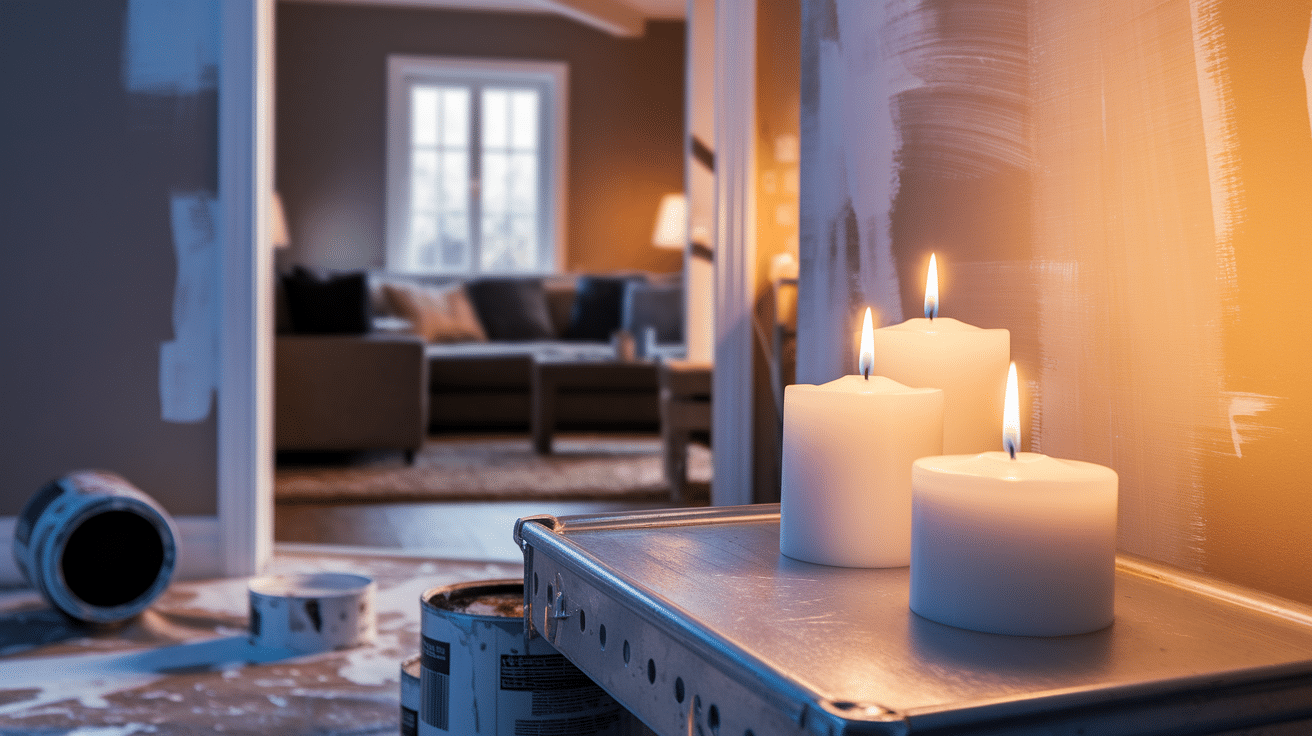
Light a few unscented candles in the freshly painted room. The flame helps to burn off some of the chemicals in the air.
Never leave candles unattended, and keep them away from paint cans. Place on stable surfaces away from drafts.
How It Is Helpful
- Burns away some chemical compounds
- Creates air circulation in the room
- Works along with other methods
- Helps break down odor molecules
- Provides light while working in the space
List of Possible Reasons Your House Smells Like Paint
Paint smell can stick around for various reasons, even after you think it should be gone. Here are few possible reasons your house smells likes paint:
- Poor Ventilation: Rooms with few windows or closed doors trap paint fumes and prevent fresh air from coming in.
- High Humidity: Humid conditions slow down the paint drying process, making smells last longer.
- Oil-Based Paint: These paints contain more chemicals that release strong odors for extended periods.
- Too Many Coats: Multiple layers of paint take much longer to dry fully and release odors.
- Large Painted Area: The more surface area is covered, the more fumes are released into your home.
- Cold Temperature: Paint dries slower in cold rooms, extending the time that smells remain.
- Painting on Fabric: Soft materials like curtains or upholstery absorb paint odors and release them slowly.
- Old Paint: Paint past its prime can smell worse and take longer to cure properly.
- Sealed Containers: Paint cans left open or not sealed well continue to release fumes.
- Paint Quality: Lower quality paints often contain more odor-causing compounds.
Summing It Up
Paint smell doesn’t have to ruin your home improvement project. With the right methods, you can clear the air quickly and safely.
The key is taking action early – even before opening that first paint can. Remember to choose low-VOC paints when possible and create good airflow during and after painting.
Simple household items like baking soda, coffee grounds, and vinegar work wonders to absorb lingering odors.
For stubborn smells, combine several methods for faster results.
Most importantly, give the paint proper time to dry completely. What seems like a strong smell today will fade with patience and the right techniques.
Your newly painted space should be a source of joy, not headaches.

